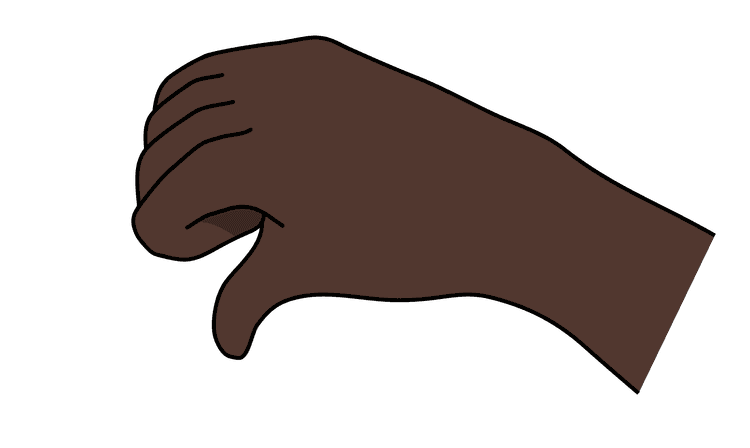Myths about teaching can hold you back
- Year 4
Folk songs and the major pentachord
I can follow the melodic shape of major tonality folk songs, singing and signing the major pentachord and framing this with a drone accompaniment.
- Year 4
Folk songs and the major pentachord
I can follow the melodic shape of major tonality folk songs, singing and signing the major pentachord and framing this with a drone accompaniment.
These resources were made for remote use during the pandemic, not classroom teaching.
Switch to our new teaching resources now - designed by teachers and leading subject experts, and tested in classrooms.
Lesson details
Key learning points
- When we sing, we string together a series of high and low notes to create a melody.
- Hand signs help us identify the shape of a melody, if it is ascending or descending, moving in step or in leaps.
- The major pentachord is the first five notes of the major scale: do, re, mi, fa, so.
- Songs with a major tonality are organised around the central note, do.
- We can add a drone to accompany folk songs.
Keywords
Tonality - the organisation of notes around a central note, the tonic, which helps to shape the music’s sound and character
Melodic shape - up and down movement of pitches in music
Major pentachord - the first five notes of the major scale: do, re, mi, fa, so
Solfège - a system of naming pitches so we can recognise patterns by ear, e.g. so mi do
Drone - a constant, pitched sound that continues throughout a piece of music
Common misconception
All major songs are happy. All minor songs are sad.
This is an oversimplification. All of the musical elements work together to create the character or mood of a piece of music. The context in which a piece is heard will also impact our emotional response to it.
To help you plan your year 4 music lesson on: Folk songs and the major pentachord, download all teaching resources for free and adapt to suit your pupils' needs...
To help you plan your year 4 music lesson on: Folk songs and the major pentachord, download all teaching resources for free and adapt to suit your pupils' needs.
The starter quiz will activate and check your pupils' prior knowledge, with versions available both with and without answers in PDF format.
We use learning cycles to break down learning into key concepts or ideas linked to the learning outcome. Each learning cycle features explanations with checks for understanding and practice tasks with feedback. All of this is found in our slide decks, ready for you to download and edit. The practice tasks are also available as printable worksheets and some lessons have additional materials with extra material you might need for teaching the lesson.
The assessment exit quiz will test your pupils' understanding of the key learning points.
Our video is a tool for planning, showing how other teachers might teach the lesson, offering helpful tips, modelled explanations and inspiration for your own delivery in the classroom. Plus, you can set it as homework or revision for pupils and keep their learning on track by sharing an online pupil version of this lesson.
Explore more key stage 2 music lessons from the Start with playing: adding layers to major and minor songs unit, dive into the full primary music curriculum, or learn more about lesson planning.

Equipment
Pitched percussion, notes F and C, e.g. percussion tubes, chime bars, glockenspiels, hand bells or xylophones.
Licence
Prior knowledge starter quiz
4 Questions
Q1.A song is a song that originates from a particular country, culture or people that is usually passed down orally.
Q2.This xylophone is an example of a ...

Q3.Songs with a major tonality centre around the pitch ...
Q4.A __________ is a combination of notes to make a memorable tune.
Assessment exit quiz
4 Questions
Q1.A __________ is a constant, pitched sound that continues throughout a piece of music.
Q2.What is this hand sign?




